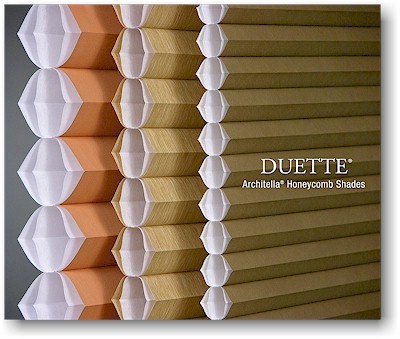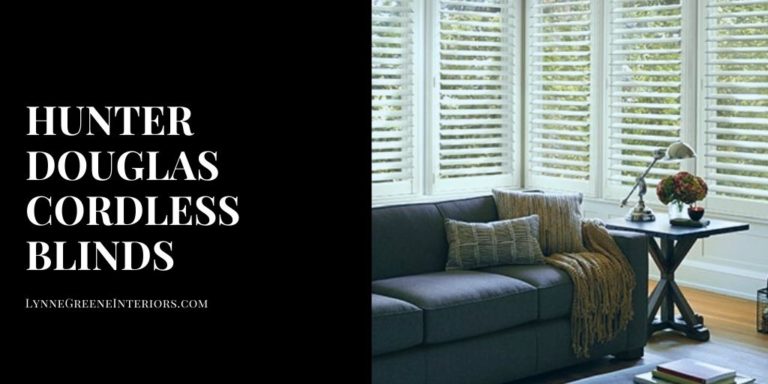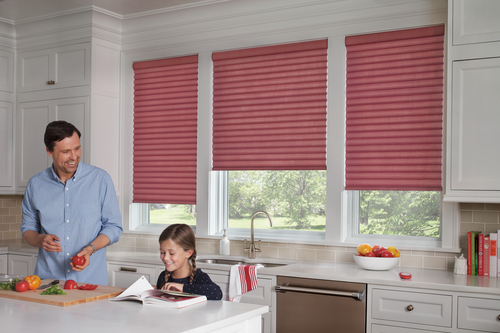5 Decisions to Make when Selecting Window Treatments

Are you moving into a new place or looking to redecorate? We often forget how much window treatments contribute to the overall design in our homes. Are you going for a lighter, brighter, or more streamlined look – or hoping to provide more privacy and block light instead? Every room has a unique set of needs (i.e. bathroom or bedroom vs. living room or kitchen) but you can still allow light without sacrificing privacy. Here are 5 considerations when selecting window treatments.
1. Blinds vs. Shades
As we discussed, different rooms had different needs. If the goal is to have a range of control relative to the amount of light coming into the room – blinds are the better choice as they offer a wider range of filtering options. Not only can they be tilted or angled to direct light into the room, the horizontal slats can be adjusted to be completely open, partially open, or completely closed for privacy. Shades on the other hand are a softer version of a window treatment. Unlike blinds, shades can only be raised or lowered. Depending on their texture or fabric weight, they can provide blackout privacy as well, but do not offer the flexibility and options of blinds.
2. Horizontal or Vertical?
This question has a lot to do with the size of your living space and the ambience you wish to create in the room. For smaller spaces, horizontal blinds create the illusion of bigger windows and a perception of more open space. The size of the window also factors in to the decision. Vertical blinds are often used on larger glass windows that are wider than they are tall (hence, very popular on sliding doors, for instance). Horizontal blinds, on the other hand, are preferable for taller and narrower windows.
3-5. Material, Texture, and Color
Here is where function comes into play. What is the most important consideration for the room – to filter light, block light, offer privacy? Blinds are considered hard window treatments whereas shades are softer options. Blinds come in a variety of materials (including wood, vinyl, aluminum, and natural fabrics) and feature slats. Each option fits a desired function. Wood blinds are available in dark or light and offer a warm and inviting look. Faux wood blinds are more durable and are often used in rooms with higher humidity – i.e. kitchens and bathrooms. Aluminum blinds are also a durable option and provide a sleeker look. Natural fiber blinds provide a softer, light filtering feel.
Shades, being the softer window treatment option, come in a wide variety materials, textures, and colors as well. Whether you choose Roman, honeycomb, pleated, woven wood, or blackout shades – you will need to consider their function in the room. Do you want a tailored look, clean lines, privacy liner, or blackout option?
More on Selecting Window Treatments
As you can see, there is a lot to think about when it comes to choosing a design for your window treatments. We hope the above will help you with selecting window treatments for your home. Visit our Burlington MA blinds showroom for inspiration. We’re also happy to answer any questions that you may have about different types of window treatments and how they can be integrated into your interior design plans.






